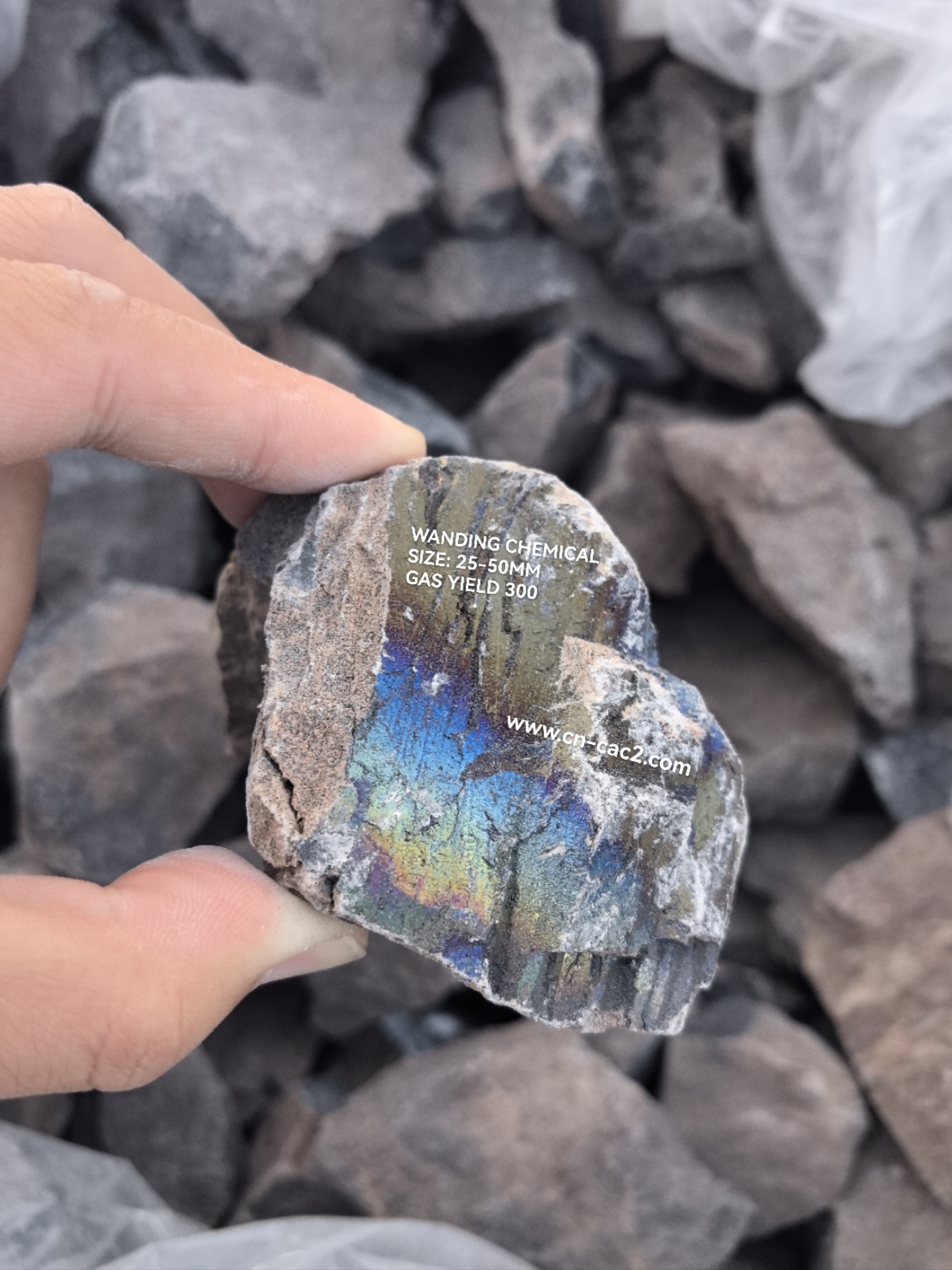How to Determine Biodegradable Raw Material Price?
HW are exported all over the world and different industries with quality first. Our belief is to provide our customers with more and better high value-added products. Let's create a better future together.
Step 1: Understand Biodegradable Raw Materials
To determine the price of biodegradable raw materials, first, you need to understand the various types of biodegradable materials available. Common sources include natural fibers (like jute and hemp), bioplastics (like PLA and PHA), and organic materials (like corn starch). Each type has different properties and price points.
Step 2: Research Market Prices
Conduct thorough market research to find the current prices of biodegradable raw materials. Websites such as industry reports, material suppliers, and trade publications can provide valuable insights. Look for historical price data to understand trends over time.
Step 3: Assess Quality and Specifications
Quality can significantly affect the price of biodegradable materials. Compare specifications like strength, durability, and biodegradability rate. Higher quality materials may cost more, but they can also provide better performance and environmental benefits.
Step 4: Evaluate Supplier Options
Identify multiple suppliers and assess their pricing strategies. Some suppliers may offer discounts for bulk purchases, while others may have unique selling propositions that justify higher prices. Collect quotes and compare to find the best option.
Step 5: Factor in Environmental Impact
The environmental benefits of biodegradable materials can sometimes justify a higher price. Assess the lifecycle analysis of materials to identify their true environmental impact. Incorporating this data can influence decision-making when considering pricing.
Step 6: Consider Additional Costs
When calculating the total cost of biodegradable raw materials, don't forget to include additional expenses such as shipping, storage, and taxes. These can significantly impact the overall pricing strategy and should be factored into your budget.
Additional resources:4 Tips to Select an Eco-Friendly Packaging Solution Price
Step 7: Monitor Price Fluctuations
Melamine vs. Plastic: Which Is Safer for Everyday Use?
Benefits of Wall Coatings Styrene Acrylic Emulsion for Your Home
10 Essential Polyurethane Additives to Enhance Your Products in 2023
Solving Common Issues When Buying Chemicals for Electronics Manufacturing
Top 5 Shell And Tube Heat Exchanger Manufacturers You Should Know
Why Choose Styrene Acrylic Emulsion for Walls?
The prices of raw materials can fluctuate due to market dynamics, availability, or changes in regulations. Stay informed about any trends or news that may impact biodegradable material prices. This will help you make timely purchasing decisions.
Step 8: Establish a Budget
Based on your research, establish a budget that reflects both your needs and market conditions. This will provide a reference point for your purchases and help ensure you stay within financial limits while obtaining quality biodegradable materials.
Step 9: Make an Informed Purchase
After completing your research, you should be equipped to make an informed purchase. Weigh all factors discussed, including price, quality, supplier reliability, and environmental impact. Choose the option that best meets your criteria.
Step 10: Review and Adjust
Finally, after your purchase, regularly review your decisions to determine if they align with your initial expectations. If necessary, adjust your approach for future purchases based on feedback and changing market trends.
For more information, please visit our website.
If you want to learn more, please visit our website Biodegradable Raw Material Price.
Additional resources:Key Considerations for Choosing Electronic Wet Chemicals
How to Choose Shell and Tube Heat Exchanger Manufacturers?
Benefits of Acrylic Emulsion for Superior Paper Coating Results
Key Uses and Benefits of Soda Ash Dense
Surfactant Manufacturer A vs. Manufacturer B: Which Reigns Supreme?
Unlocking Sodium Nitrate Powder: Uses, Benefits, and Safety
Choosing the Right Ethanol Supplier: Key Factors to Consider


